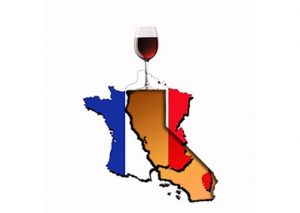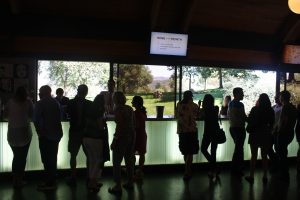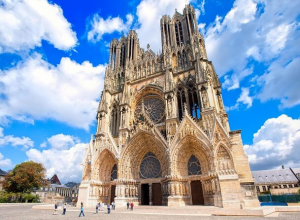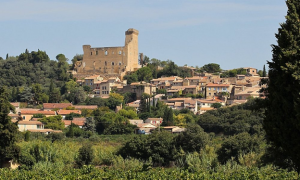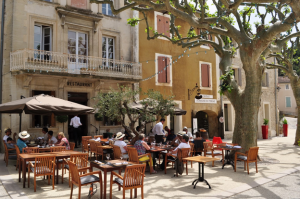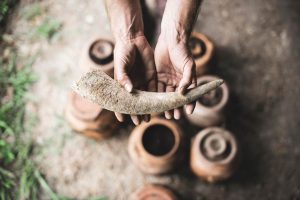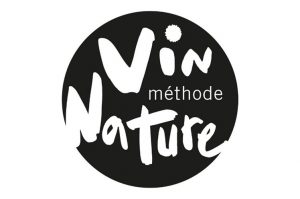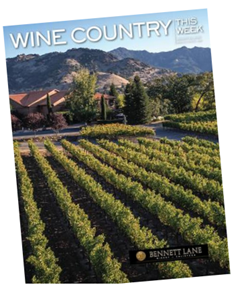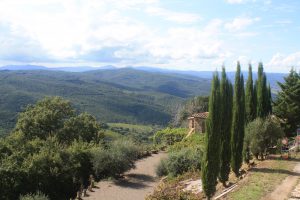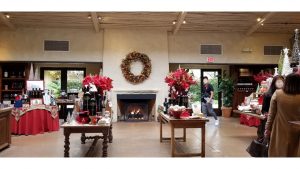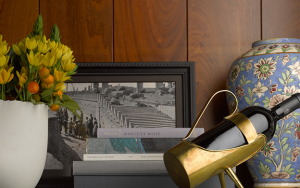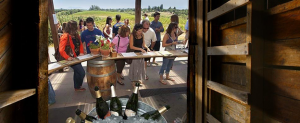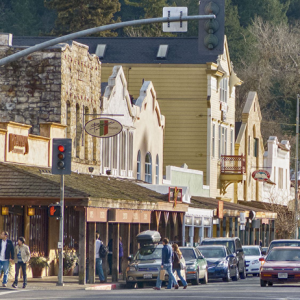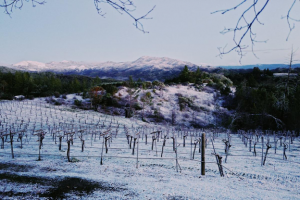In our earliest years of wine tasting, we thought that only wines made from Cabernet Sauvignon were worth drinking. Oh, well, we were young and foolish. Of course, we’ve broadened our tastes significantly in the intervening time. Each time we realized we really liked a wine we hadn’t cared for before, we had to change our mind.
The same applies in reverse. There were some awfully sweet wines like Mateus and Lancers that we wouldn’t be interested in anymore. Perhaps if we tried them again we might like them, but we doubt it.
Changing your mind about anything isn’t easy, wine included. So here are some tips for revising your opinions specifically about wine, but maybe broader than that. Many of these lessons we learned in Sonoma County, the theme of this issue.
 Photos courtesy of Kazzit and the dailymeal.com
Photos courtesy of Kazzit and the dailymeal.com
- Keep your mind open. You’ll never improve your taste if you aren’t able to accept the possibility that you might learn to like wines you hadn’t liked before. For the longest time, we weren’t particularly fond of Pinot Noir. We found them too thin, too acid. But we have learned to appreciate some Pinot Noirs, especially those from Carneros and Santa Lucia Highlands.
- Keep trying. Maybe your ability to appreciate certain tastes and aromas has expanded. Or maybe you’ll find a winemaker who does a better job than those you have tried before. One of the advantages of wine tasting in Sonoma County is the vast range of varietals that are available there. Often one winery will have a dozen different ones. So if you try wine made from grapes you haven’t cared for in the past, you’ll still be able to sip others you know you like. Maybe you’ll be surprised.
- Differentiate the same types of wine from different areas. There are still some Pinot Noirs that don’t appeal to us. We just can’t get our tongues around this varietal the way they make it in Sonoma County’s Green Valley. But there are some just a bit south in Petaluma that do please us. Is it terroir? Specific winemakers? Sheer luck? Whatever the case, we went from “We don’t like it” to “We don’t like some of it” which is one way to change your mind.
- Go back, you may love it. Sometimes a winery just has a bad year. Here’s an example. We have always loved the Zinfandels from Limerick Lane. But in 2011, the winery changed hands and the new owners, by their own admission, didn’t make wines that lived up to the potential of their vines that year. We dropped out of their club and didn’t visit again for several years. When we did we were delightedly surprised. Now we visit whenever we are in Healdsburg and buy some of their Zins every year.
- Recognize that your tastes change. It may not be the wine that changes, but you. Whether your tongue has become more sophisticated or you just have learned to like more wines, go with it. There’s no reason not to accept your tastes for what they are, as long as you are ready to change them when given the opportunity.
